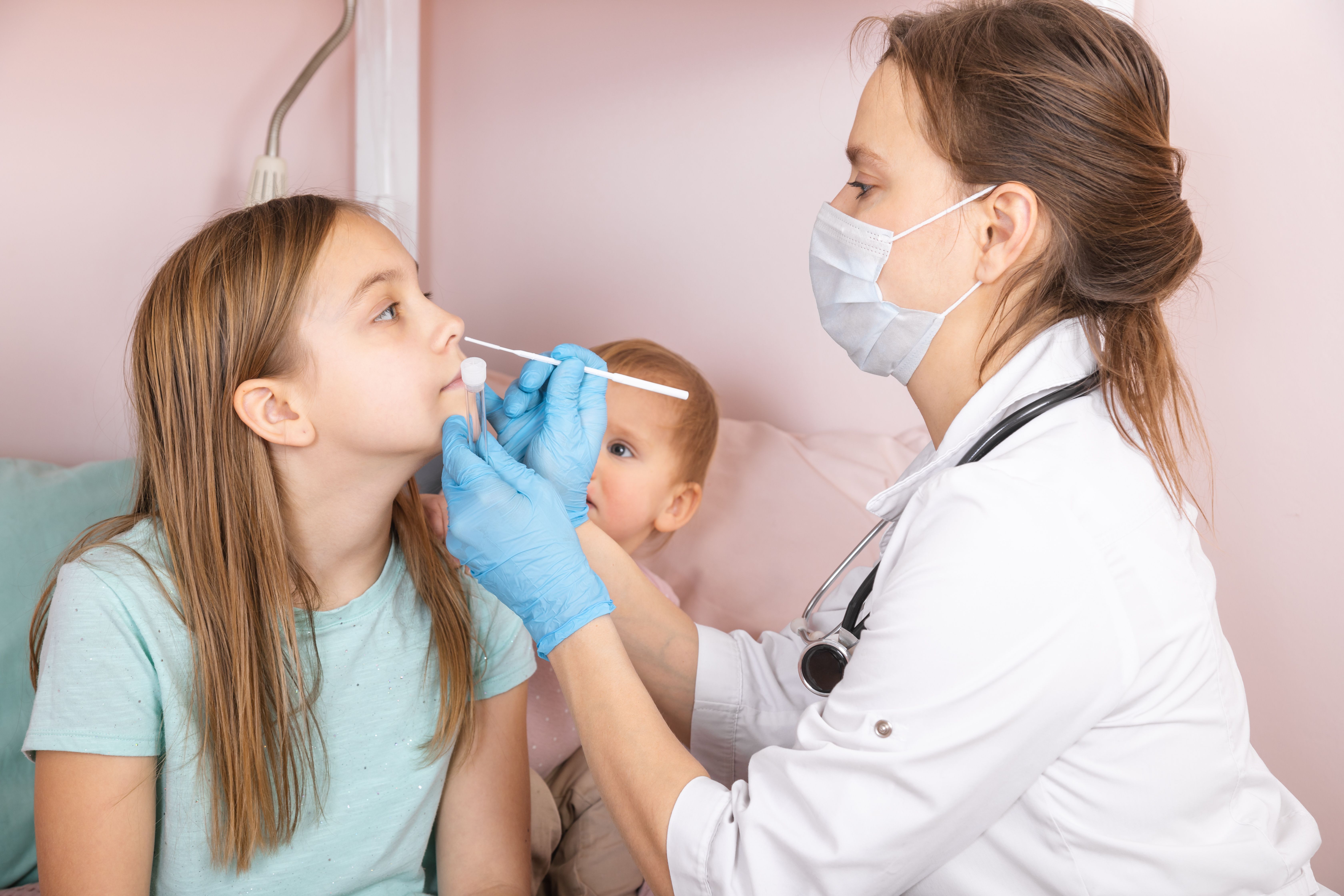News
Article
Pediatric Primary Care, Emergency Visits for RSV Vary Greatly Worldwide
Author(s):
Key Takeaways
- RSV significantly affects healthcare utilization in children under 5, with higher incidence in primary care than EDs, especially among infants.
- Incidence rates of RSV are lower in middle-income countries compared to high-income countries, indicating a need for more data from these regions.
A recent study estimates the prevalence of primary care and emergency department visits by young children to treat respiratory syncytial virus (RSV), finding that the rates vary widely by country.
Respiratory syncytial virus (RSV) infection in children younger than 5 years results in significant utilization of both primary care and emergency department (ED) care, according to a literature review published in Influenza and Other Respiratory Viruses.1 The review compiled data from studies conducted around the globe, finding that the incidence rates differed across countries.
RSV, a viral respiratory infection, represents a leading cause of morbidity and mortality in young children, and researchers have identified increases in pediatric RSV hospitalizations and severity after the COVID-19 pandemic.2,3 However, less is known about the burden of treating RSV in the outpatient setting; thus, the authors of the current review set out to synthesize data on the population-based burden of RSV in children younger than 5 years in primary care and EDs.1
The authors set out to synthesize data on the population-based burden of RSV in children younger than 5 years in primary care and EDs. | Image Credit: © Viacheslav Yakobchuk - stock.adobe.com

They searched the PubMed and Embase databases to identify relevant research articles on children with an RSV infection who were seen in primary care settings (defined as general practitioners, pediatric offices, and outpatient departments) or EDs. They also included studies reporting annual or seasonal population-based incidence rates of RSV. After screening, 32 studies were included in the review, and the researchers extracted the studies’ data and assessed their biases.
A plurality were conducted in the US (n = 11), followed by Canada (n = 4), Spain (n = 3), England (n = 2), Finland (n = 2), the Netherlands (n = 2), Argentina (n = 1), Australia (n = 1), Egypt (n = 1), Germany (n = 1), Italy (n = 1), Kenya (n = 1), New Zealand (n = 1), South Africa (n = 1), and the Philippines (n = 1) (one study looked at both England and the Netherlands). RSV incidence rates in primary care settings and EDs were reported in 19 and 17 studies, respectively, with 4 reporting rates in both settings; just 3 studies were modeling based. Of note, the data were collected between 1993 and 2019, so the effects of the COVID-19 pandemic were not captured.
In primary care, the annual incidence rates varied widely, from 0.8 to 330 per 1000 population (median, 109). Incidence rates were lower in EDs and less variable, ranging from 7.5 to 144 per 1000 population (median, 48). The researchers identified higher incidence rates among the youngest age categories in both primary care and EDs. For instance, primary care incidence rates were 7.2 to 330 per 1000 infants younger than 6 months vs 0.8 to 212 per 1000 children younger than 5 years, and ED rates were estimated at 74.8 to 144.0 and 7.5 to 40.4 per 1000, respectively.
The investigators also noted lower incidence rates of RSV in primary care in lower-middle-income countries (LMICs) and upper-middle-income countries (UMICs) compared with high-income countries. For infants younger than 1 year, these rates ranged from 7.2 to 79.8 per 1000 population in LMICs and UMICs vs 89.9 to 330 per 1000 population in high-income countries. Only 1 study looked at ED visits in a UMIC—and none in any LMICs—preventing comparison of this measure by country income level.
The need for more information on RSV burden in middle-income countries was noted by study authors, along with the moderate quality and disparate research designs of the included studies. They also cautioned that the incidence rates may be underestimates because testing for RSV is not part of routine care in most countries’ primary care workflows.
Still, their findings showed that a substantial number of children younger than 5 years require primary care or ED visits for RSV infection. “Disease burden estimates are important to support informed decision‐making regarding the introduction of future targeted interventions, including monoclonal antibodies and (maternal) vaccines,” the researchers concluded.
References
1. Heemskerk S, van Heuvel L, Asey T, Bangert M, Kramer R, Paget J, van Summeren J. Disease burden of RSV infections and bronchiolitis in young children (< 5 years) in primary care and emergency departments: a systematic literature review. Influenza Other Respir Viruses. 2024;18(8):e13344. doi:10.1111/irv.13344
2. Steinzor P. How COVID-19 has impacted RSV epidemiology among children in a hospital setting. AJMC®. June 7, 2024. Accessed August 22, 2024. https://www.ajmc.com/view/how-covid-19-has-impacted-rsv-epidemiology-among-children-in-a-hospital-setting
3. Bonavitacola J. RSV more severe, affected older children in Colorado during the pandemic. AJMC. May 15, 2023. Accessed August 22, 2024. https://www.ajmc.com/view/rsv-more-severe-affected-older-children-in-colorado-during-the-pandemic




